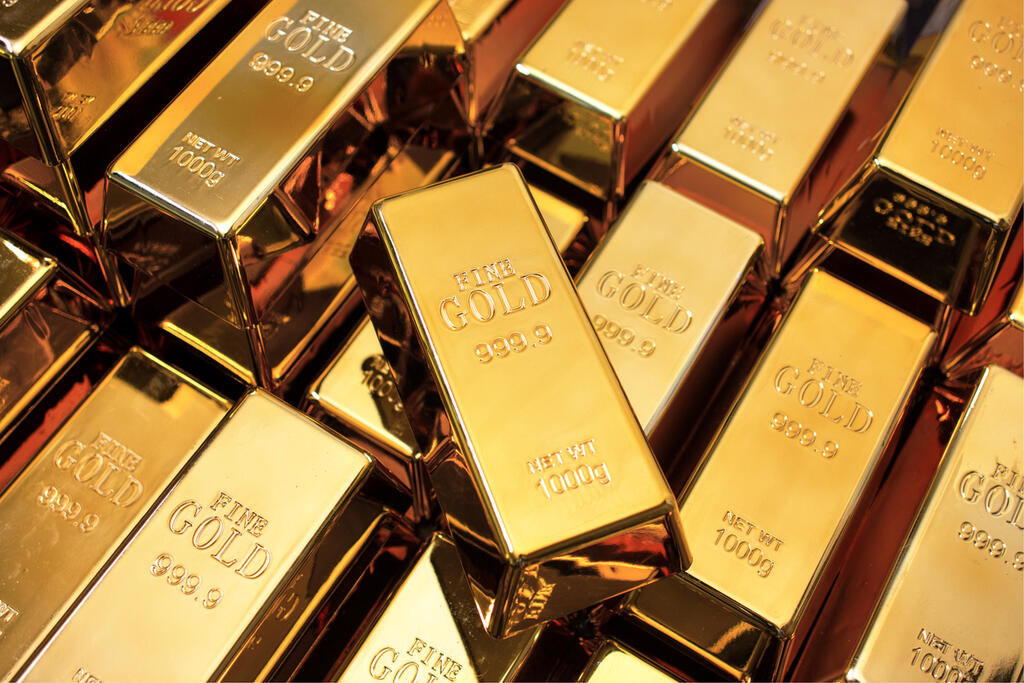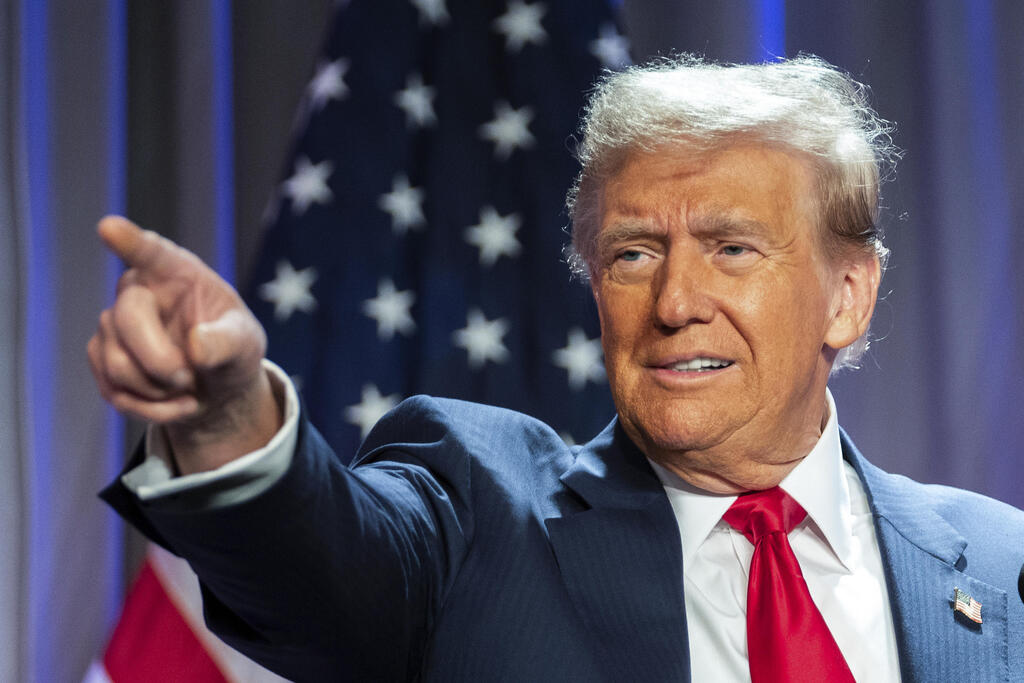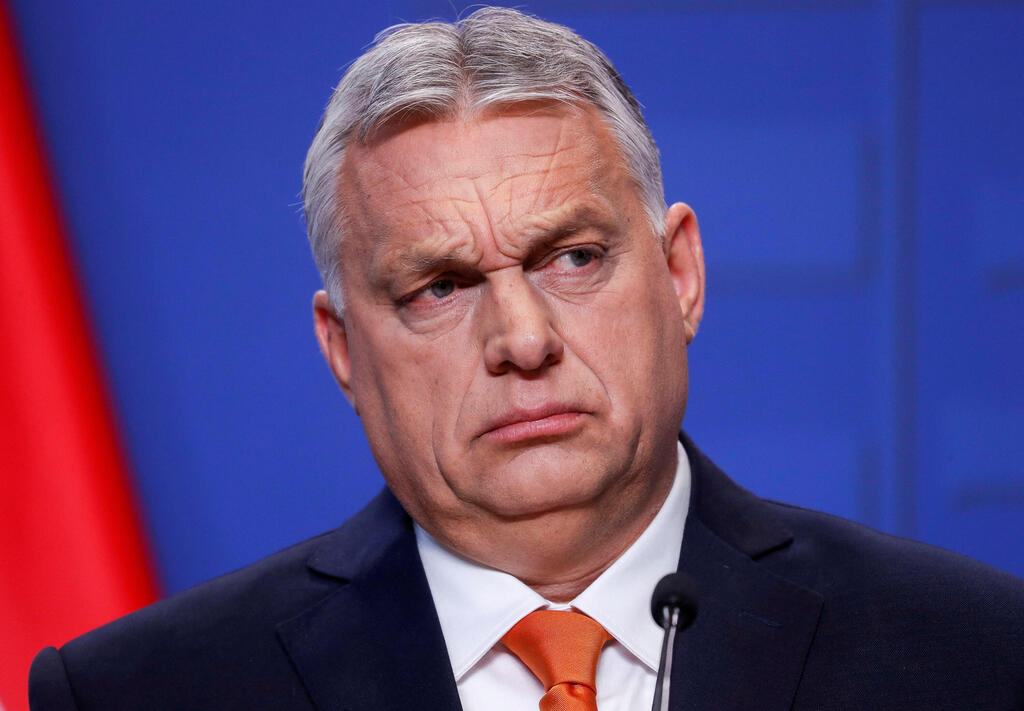Getting your Trinity Audio player ready...
Earlier this year, the governor of the Czech Republic's central bank flew to London to inspect a growing pile of gold bars stored in a concrete-reinforced vault beneath Threadneedle Street at the Bank of England.
The mission by Governor Aleš Michl to oversee the precious metal held on behalf of the Czech National Bank reflects his stated goal to double the country's gold reserves to 100 tons within three years. The stockpile has already increased fivefold since Michl assumed office in 2022 and set a target to diversify the bank's reserves.
In an interview with Bloomberg earlier this month, Michl said that the central bank seeks to reduce volatility through an asset with zero correlation to equities, such as gold.
Michl is not alone in ramping up gold purchases. Central bank governors across Eastern Europe, from Poland to Serbia, have joined the gold rush as a strategy to diversify investments, betting on rising prices.
This trend has positioned Eastern Europe as one of the largest buyers of the precious metal, significantly contributing to the rally in gold prices.
Central banks worldwide are increasing their gold reserves as a safeguard against external shocks such as potential trade wars initiated by U.S. President-elect Donald Trump in a second term or geopolitical tensions in Ukraine and the Middle East. Leading this trend are monetary policymakers in Eastern Europe, who are boosting their gold reserves at the fastest pace globally.
In addition to Michl’s visit to London, Poland’s central bank chief has written a scenario highlighting Poland's gold reserves and celebrated the country’s entry into the ranks of the world’s largest gold holders. Meanwhile, Serbian authorities have relocated their gold holdings to Belgrade to save on storage costs and enhance security.
These moves are partly driven by a desire for security—a strong motivation in a region scarred by Europe’s past wars and now adjacent to the continent’s deadliest conflict since World War II.
Poland, which borders Ukraine and is a prominent supporter of Kyiv’s war effort, was the world’s largest gold buyer in the second quarter, according to data from the World Gold Council. Adam Glapiński, Poland’s central bank governor, emphasized that gold and foreign currency reserves are essential to shield the economy from catastrophic events.
Accordingly, Poland has increased its gold holdings to 420 tons, roughly half the reserves of India or Japan, according to data released in late September.
"Poland has entered the club of the world's largest gold reserve holders," Glapiński proudly said at a press conference last month, reiterating his goal to raise gold’s share of total reserves to 20%.
In a video posted by the central bank on YouTube in February, Glapiński is seen inside a vault filled with boxes containing 6,000 gold bars, which he emphasized were “the property of the entire Polish nation.”
The Czech Republic is also a potential member of this exclusive club. Its central bank holds $150 billion in foreign reserves—nearly half the country’s GDP—ranking among the highest reserve-to-GDP ratios globally. However, Governor Michl, whose diversification strategy includes buying U.S. equities, has faced criticism for his gold purchases after prices hit a yearly high.
The central bank defended the purchases as part of a gradual, long-term process designed to mitigate price volatility.
Amid ongoing geopolitical tensions, gold has become a successful bet for monetary policymakers. Goldman Sachs recently listed gold among its top commodities for 2025, forecasting that prices could climb further during Trump’s second term, reaching $3,000 per ounce by December next year.
According to a report published by J. Safra Sarasin analysts earlier this month, geopolitical divisions favor gold, while the gradual weakening of the dollar should provide an additional boost.
In Eastern Europe, gold is increasingly viewed as a safe haven, particularly as nations navigate between the West, Russia and China. Hungary’s central bank raised its gold reserves by more than 10% this year, reaching 110 tons. Prime Minister Viktor Orbán, known for his ties to Russian President Vladimir Putin and Trump, often touts his role as Europe’s chief disruptor.
Get the Ynetnews app on your smartphone: Google Play: https://bit.ly/4eJ37pE | Apple App Store: https://bit.ly/3ZL7iNv
Hungary’s central bank also regards gold as a safe haven, but the precious metal holds a special place in the country’s national history. At the Money Museum, housed in one of the Hungarian National Bank’s palaces, a sculpture called The Rumble features a train loaded with gold bars, commemorating central bank employees who fled advancing Soviet forces at the end of World War II to prevent the reserves from falling into foreign hands.
Gold carries similar significance in Serbia, where President Aleksandar Vučić, like Orbán, maintains a strong grip on power. In 2021, he ordered the repatriation of Serbia’s gold reserves, pledging to buy additional bars with "any surplus funds" to ensure the reserves remain "safe and secure in our hands."
Since Jorgovanka Tabaković became governor of Serbia’s central bank in 2012, the country’s gold reserves have tripled to 48 tons. Tabaković credits Vučić’s "strategic thinking, knowledge of global geopolitical relations and information" for supporting the gold acquisitions.
“Gold is gaining value and importance in times of global turbulences, especially in geopolitical conflicts and periods of high inflation,” Tabaković told Bloomberg. “Unfortunately, in recent years we’ve seen both factors at play.”




